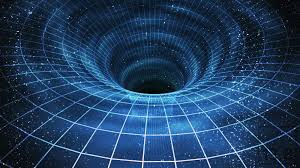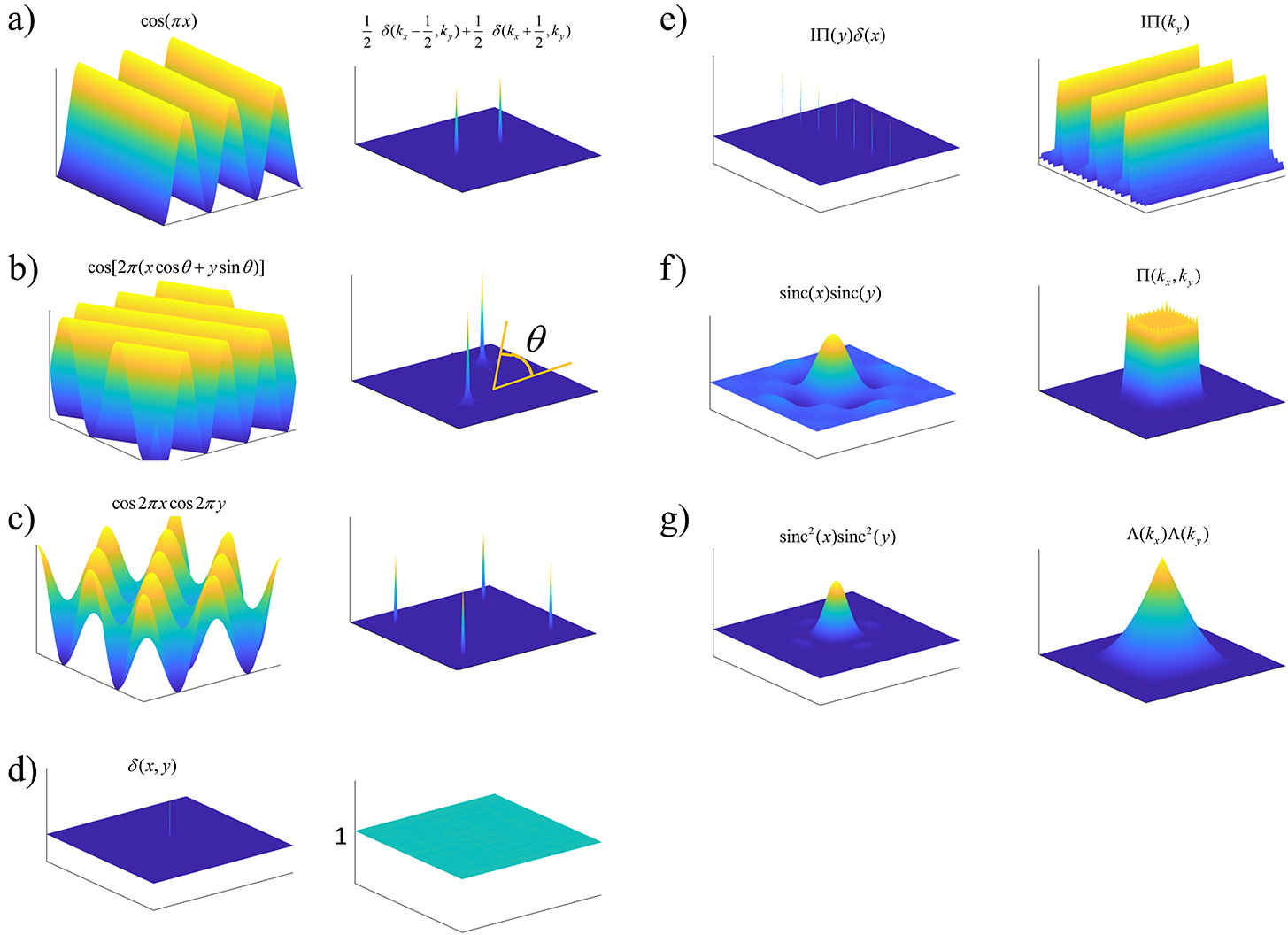A Short Note on Singularities in Physics and Mathematics
Introduction
It is often difficult to speak about things like singularities because of their prevalence in pop culture. Oftentimes a concept like this takes a life of its own, forever ingrained in ones imagination as a still from a movie (for me this is that scene from Inception where they encounter Gargantua for the first time). Like many concepts in theoretical physics, popular culture is often better at bringing them into light than it is at bringing them into focus. In this article I will try to explain in simple terms what a singularity is and how that relates to physical reality. As always, I will give an exact example of the singularity by means of an equation. At the end, once the mathematics is clear, I will try to explain what the physical reality of the singularity is.
Mathematical Singularities
Singularity of
1. Behavior of the Function:
- As
At
2. Undefined at the Singularity:
The function
In mathematics, singularities are not a problem.
Physics Singularities
The singularity of a black hole can be described by the Schwarzschild metric, which is the solution to Einstein’s field equations for a non-rotating, uncharged black hole. The Schwarzschild metric is given by:
Where:
is the spacetime interval, is the speed of light, is the gravitational constant, is the mass of the black hole, is the radial coordinate, and are angular coordinates.
Be careful though these are not polar co-ordinates, these are coordinates for the Schwarzschild metric. They are a kind of nested spherical coordinate system, this does not seem to affect the solution but helpful to know.
The singularity occurs at
Additionally, the
As
You can create another singularity by setting
The Schwarzschild metric in Kruskal-Szekeres coordinates is given by:
where
Here,
The coordinate singularity at
Another Physics Singularity
Again, starting from yet another solution for the field equations we can derive FLRW metric (Friedmann-Lemaître-Robertson-Walker metric) which describes the universe as a whole. The words homogenous and isotropic, effectively mean that instead of considering each individual planet in the universe as an actual individual body, we consider them to be individual particles in a fluid (in fact, the FLRW metric considers each galaxy to be a particle). We do this so that we can use equations for fluids to simplify the stress energy tensor
- Assume the universe is some kind of fluid (so basically zoom out till all the galaxies look like a fluid)
- From 1, you can write down the stress energy tensor
for the fluid, this is a simple equation (This is for the Schwarzschild metric, and for many other useful metrics, so we never really had this problem before, but when you zoom out you need it)
The FLRW metric, which describes a homogeneous and isotropic universe, is given by:
Where:
is the spacetime interval, is the speed of light, is the cosmic time, is the scale factor of the universe, is the radial coordinate, and are angular coordinates, is the curvature of space, which can be , , or . - The scale factor
describes how the universe expands or contracts with time. - The curvature parameter
determines the geometry of space: negative curvature for , flat curvature for , and positive curvature for .
Friedmann Equations Recap
The Big Bang is represented in the Friedmann equations as a singularity at the beginning of time when the scale factor
The Friedmann equations in cosmology are derived from Einstein’s field equations for a homogeneous and isotropic universe. Assuming zero cosmological constant (
First Friedmann Equation:
Second Friedmann Equation (acceleration equation):
Continuity Equation (conservation of energy):
where: -
Representation of the Big Bang Singularity
In the context of the Friedmann equations, the Big Bang is identified by the conditions: -
Explanation Using the First Friedmann Equation
In the first Friedmann equation:
As
Thus, at
Continuity Equation and Energy Conservation
The continuity equation:
implies that as
Physical Interpretation
At
In short, the Big Bang singularity in the Friedmann equations marks the initial state of the universe at
Connection to Reality
While all of the above can be found in a basic undergraduate textbook, I think the goal of me writing this post was to have a collection of examples of singularities both from mathematics and physics to reinforce the idea of reality. While in the mathematical examples, the
But simply by looking at the equations, we cannot say which of the two is true. We need to go out and measure the world to find out.
References
https://diposit.ub.edu/dspace/bitstream/2445/59759/1/TFG-Arnau-Romeu-Joan.pdf





